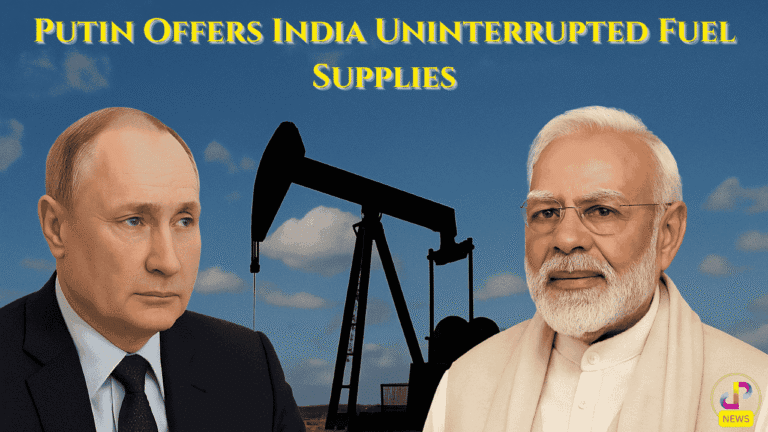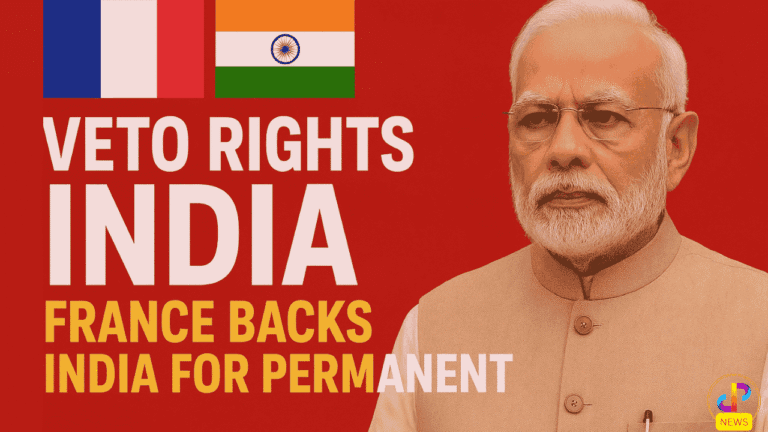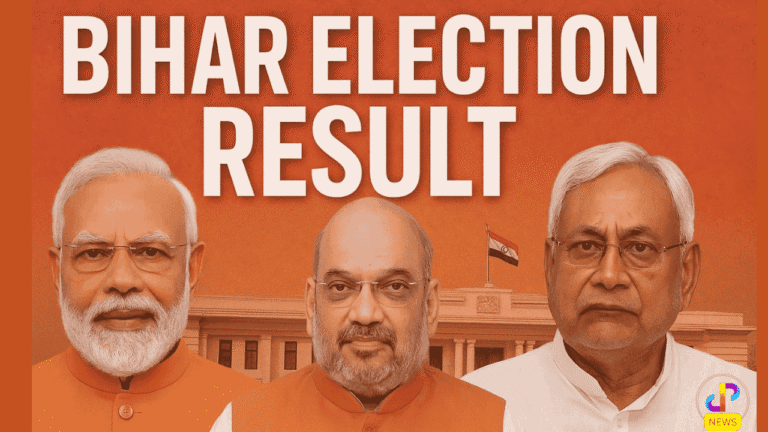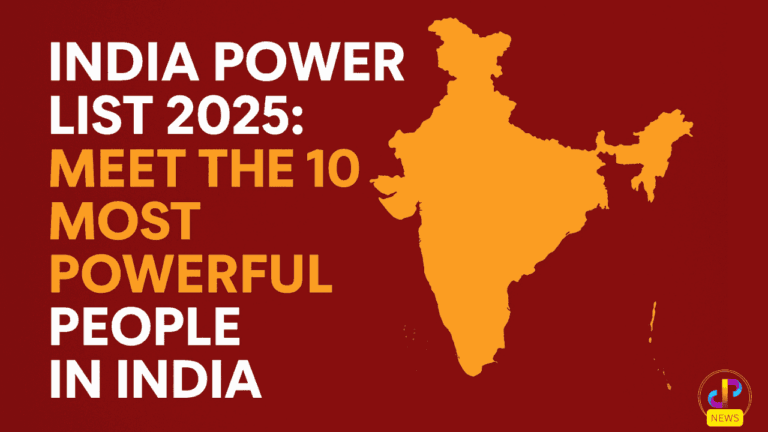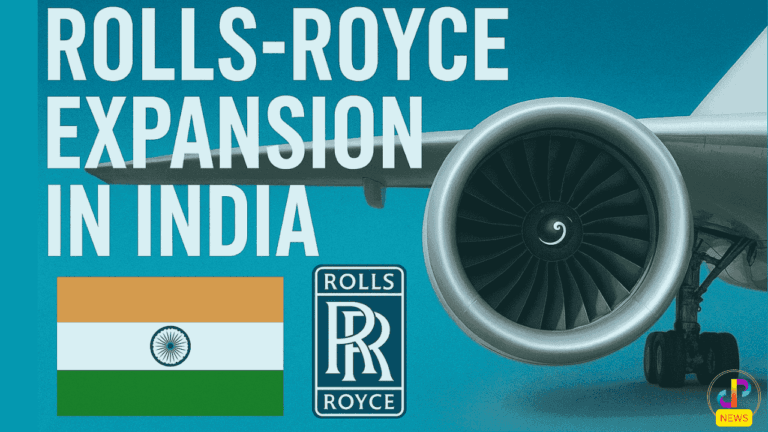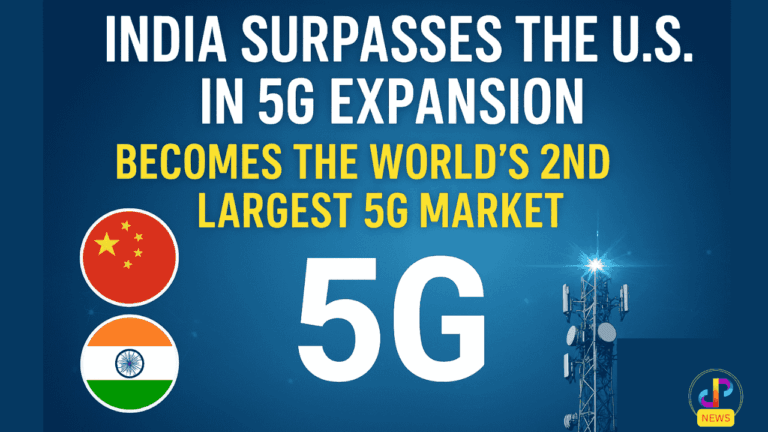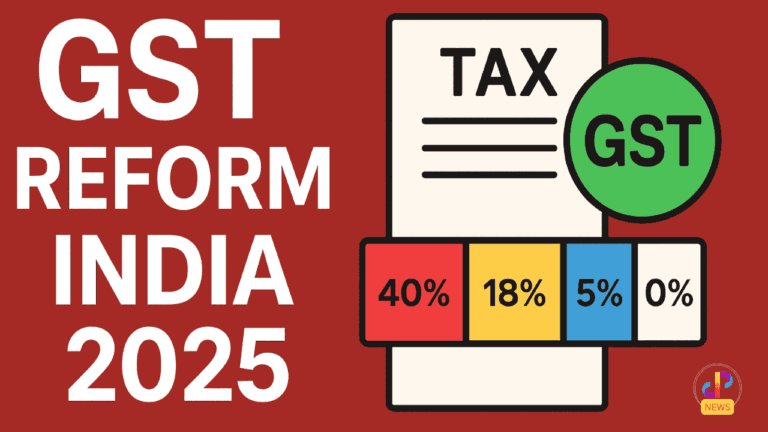PM Modi Era: One Nation, One Tax – Transforming India’s Economy
🌍 India’s Economic Transformation in the PM Modi Era:
The PM Modi Era marks a turning point in India’s economic journey, particularly with the implementation of GST (Goods and Services Tax). Unlike the earlier Congress Era that was weighed down by multiple central taxes, state taxes, and cesses, GST introduced the principle of “One Nation, One Tax”.
This reform simplified compliance, eliminated cascading taxes, and created a unified market, making India more business-friendly and globally competitive.
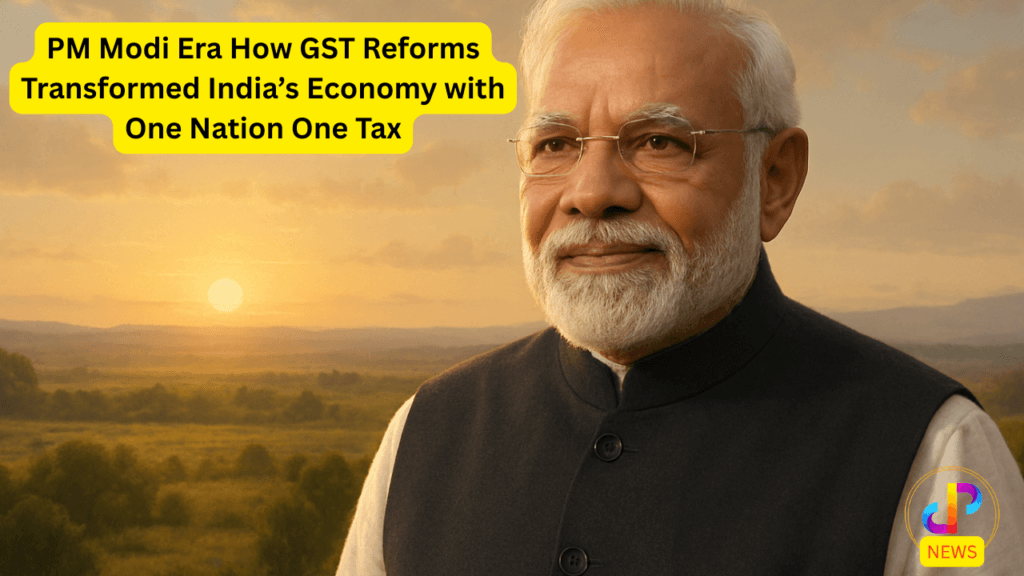
💼 PM Modi Era – Key Highlights of GST Reform:
Simplification of Tax Structure:
Under the Congress Era, India’s economy was burdened by:
~15 Central Taxes
~20 State Taxes
~10 Cesses & Surcharges
In contrast, the PM Modi Era reduced this maze to:
1 GST across India
2 Primary Slabs – 5% & 18%
Uniform taxation across states
Boost to Business & Investments:
By streamlining taxes, GST improved ease of doing business, cut logistics costs, and encouraged both domestic and foreign investment. Businesses can now benefit from input tax credits and transparent pricing, reducing tax evasion.
Economic Integration:
The GST reform created a common national market, boosting interstate trade and ensuring price uniformity across the country. This has helped small businesses and large corporations alike.
📊 Why the PM Modi Era Matters in India’s Economy:
✅ Simplified tax compliance for businesses and citizens
✅ Increased transparency and reduced corruption
✅ Boosted industrial and service sector growth
✅ Improved India’s global investment appeal
✅ Strengthened the foundation for long-term economic expansion
⚠️ Challenges and Government Oversight:
While GST has streamlined taxation, the PM Modi Era also focuses on addressing:
Initial compliance challenges for small businesses
State-level revenue concerns
Inflationary pressures in select sectors
PM Modi’s administration continues to fine-tune GST policies, ensuring fairness, sustainability, and balanced growth.
🌟 Final Thoughts: PM Modi Era Brings Economic Stability
The PM Modi Era is more than just a political phase — it represents a structural shift in India’s economy. With GST as the flagship reform, India has moved away from a complex tax regime to a more transparent, integrated, and efficient system.
This landmark achievement showcases how strong governance and visionary reforms can transform the economic landscape of a nation.
📢 Stay Updated with Digital Preeyam News – India’s Economy & Global Affairs:
For breaking updates on the PM Modi Era, GST reforms, and India’s economic growth, follow:
✅ Top world news & economic insights
✅ Government-led reforms & financial policies
✅ Investment trends & market developments
👉 Subscribe now to Digital Preeyam News – Latest Top World News
Writer:
Preeyam Kumar Prasad
(Digital Preeyam)
Social Media Profile:
❓ Frequently Asked Questions (FAQs):
Q1. What does the term “PM Modi Era” signify in India’s economy?
Answer: The term “PM Modi Era” highlights the period under Prime Minister Narendra Modi’s leadership, marked by major economic reforms, including GST, which simplified India’s complex tax system.
Q2. How was India’s taxation system before the PM Modi Era?
Answer: Before GST, India had around 15 central taxes, 20 state taxes, and multiple cesses and surcharges, making the system complex and burdensome for businesses.
Q3. What is GST and why is it important in the PM Modi Era?
Answer: GST (Goods and Services Tax) is a unified tax system introduced under PM Modi’s leadership, replacing multiple indirect taxes with one nationwide tax for simplicity and efficiency.
Q4. How many tax slabs exist under GST in the PM Modi Era?
Answer: Currently, GST has two main slabs – 5% and 18% – which cover most goods and services, ensuring fairness and reducing tax confusion.
Q5. What benefits has GST brought to India’s economy?
Answer: GST has streamlined taxation, reduced tax evasion, improved compliance, boosted interstate trade, and enhanced India’s ease of doing business.
Q6. How does GST under PM Modi Era compare to the Congress Era taxation system?
Answer: Unlike the Congress Era with nearly 45 different taxes, the PM Modi Era replaced them with a single GST system, simplifying tax payments for citizens and businesses.
Q7. Why is the PM Modi Era considered transformative for India’s economy?
Answer: Because it modernized taxation, encouraged foreign investments, reduced corruption, and aligned India closer with global economic practices.

